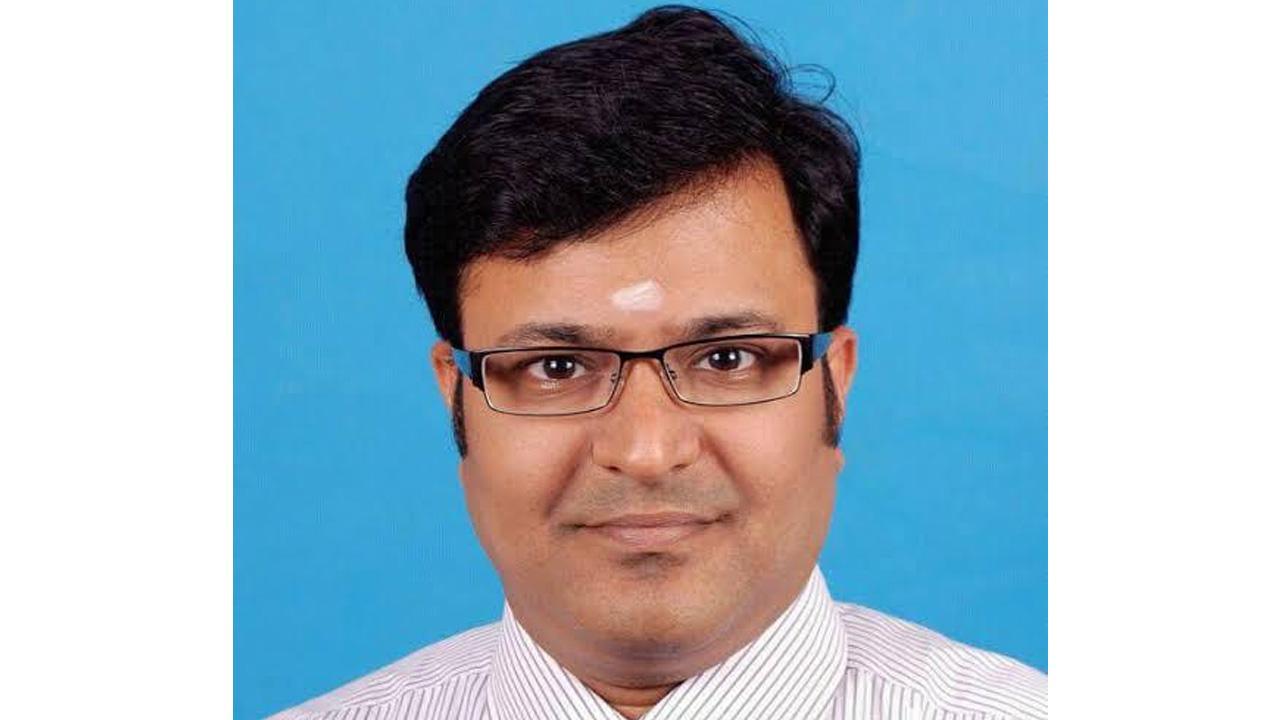Urine is debilitating social health problem, severely affecting quality of life of patients. It is prevalent upto 15-45% of elderly women and men.

Dr Ramachandran Vaidyanathan- MS - General Surgery, MRCSED, DNB (General Surgery), FRCS (Urol)., St. Isabel's Hospital & Hariharan Diabetes & Heart Care Hospitals, Chennai
In India it used to be underreported until couple of decades.
ADVERTISEMENT
Involuntary loss of urine can be classified into:
1. Stress incontinence : Involuntary leak of urine precipitated by cough or sneeze mostly caused by weak pelvic support or intrinsic spincter deficiency. In Men it can happen post TURP situation when spincter is compromised.
2. Urge Incontinence: Leak happens with sudden compulsive desire to urinate(Urge). Mostly seen in Elderly patients, Spinal cord injury, Parkinsons disease CVA. Abnormal bladder behaviour is reason caused by either Neurogenic bladder or Overactive bladder.
3. Urinary Fistulae: like VVF UVF mostly following Obstetric causes like Iatrogenic injury forceps delivery prolonged second stage of labour which results in communication between bladder or urethra with vagina.
Proper History and Clinical examination is essential in evaluating this problem. Investigations must include Bladder dairy, Urinalysis, C&S, Post void residue, Renal assessment and some special situation require invasive investigations like Cystoscopy , Urodynamics, IVU ,MCUG and CT scan.
Once diagnosis and cause for Incontinence established Treatment could include any of the following
A. Weight reduction and behaviour modification
B. Fluid restriction and avoiding caffeine
C. Medications to calm the bladder (Anticholinergics , B3 agonist)
D. Pelvic Floor training exercise
E. Bladder training
F. Botulinium Injection into bladder
G. Sacral Nerve stimulation
H. Surgery incl Colposuspension, Sling surgery, Bulking agents, Artificial Urinary spincter and Urinary diversion.
 Subscribe today by clicking the link and stay updated with the latest news!" Click here!
Subscribe today by clicking the link and stay updated with the latest news!" Click here!










